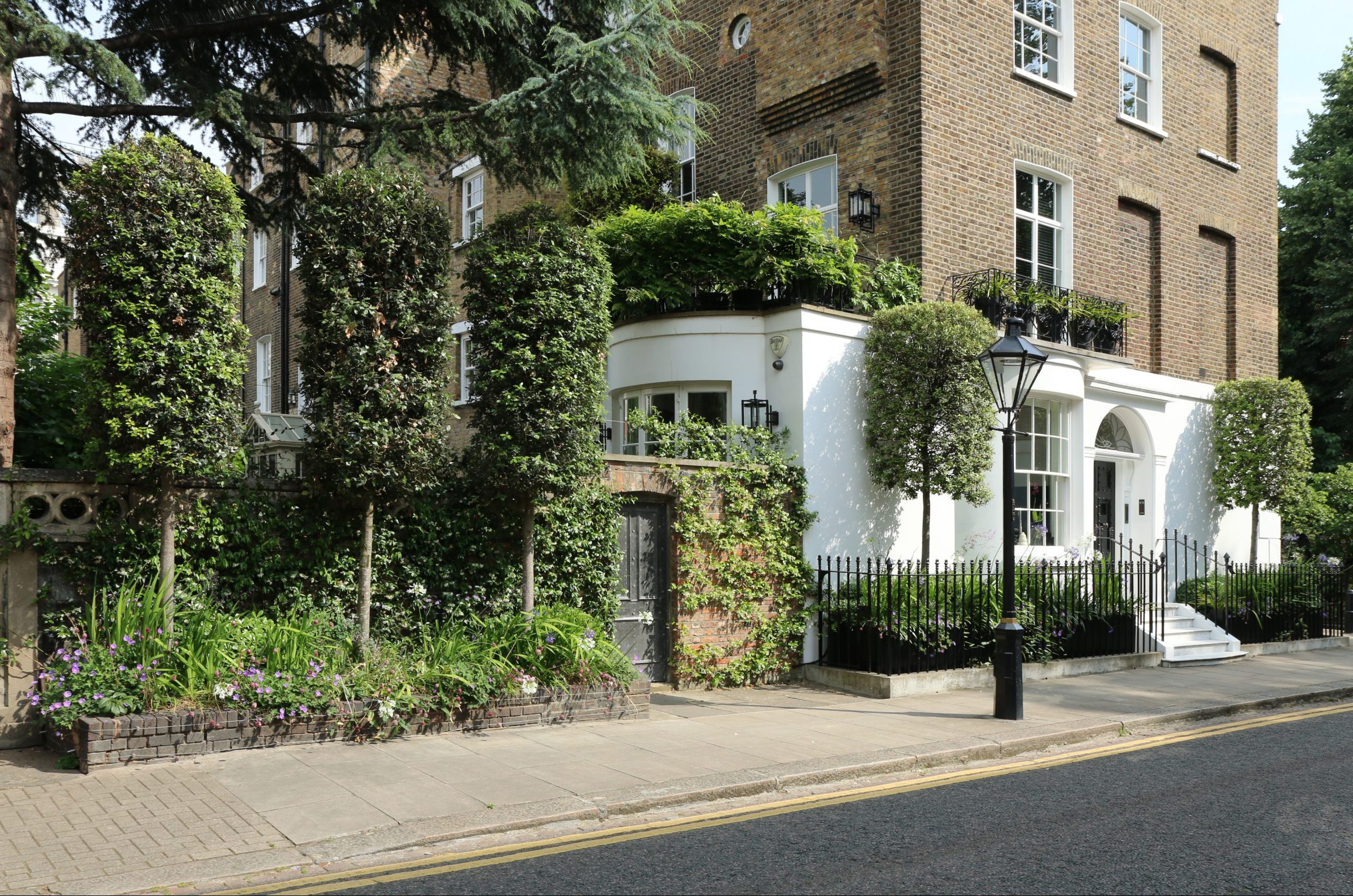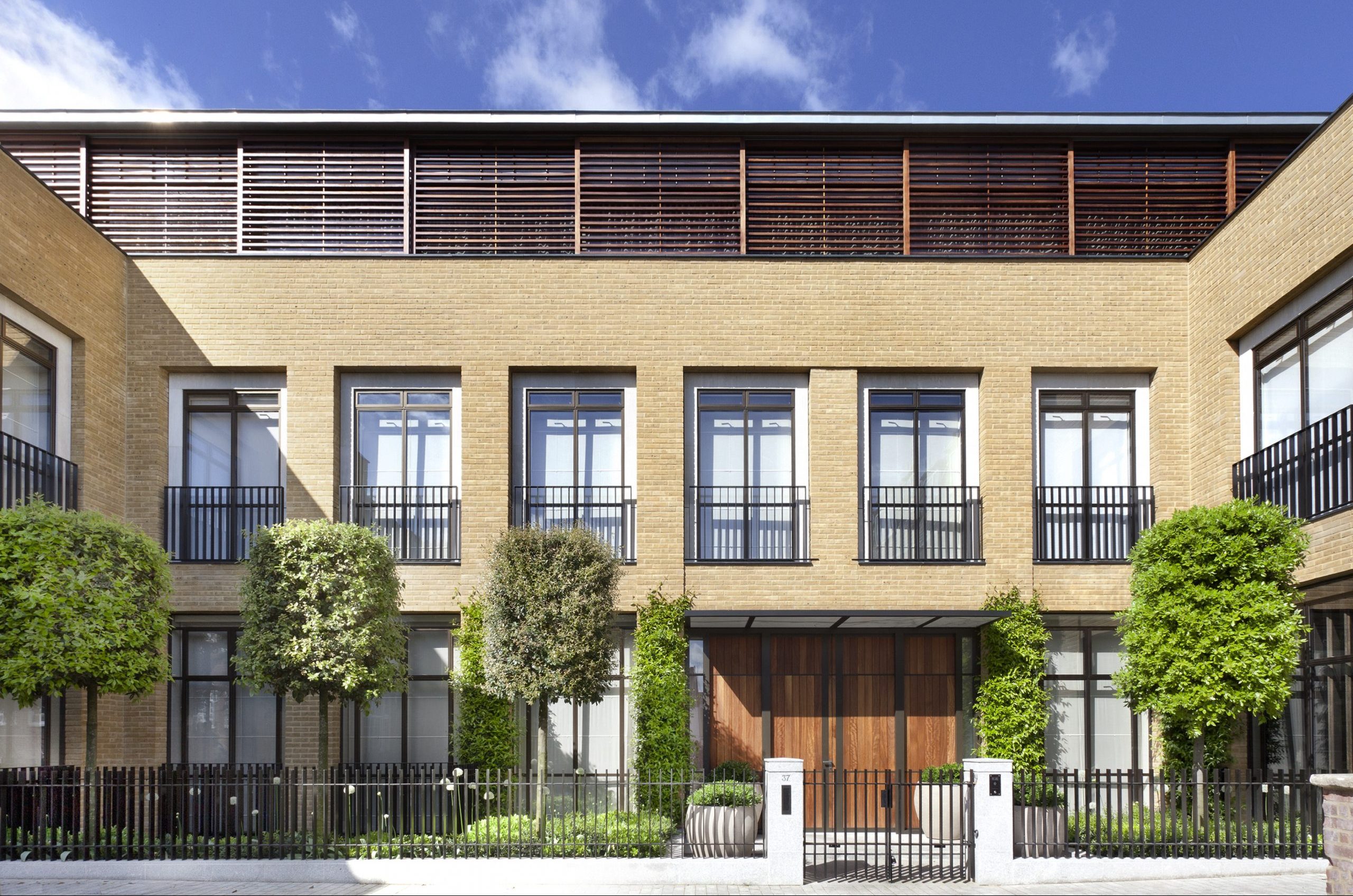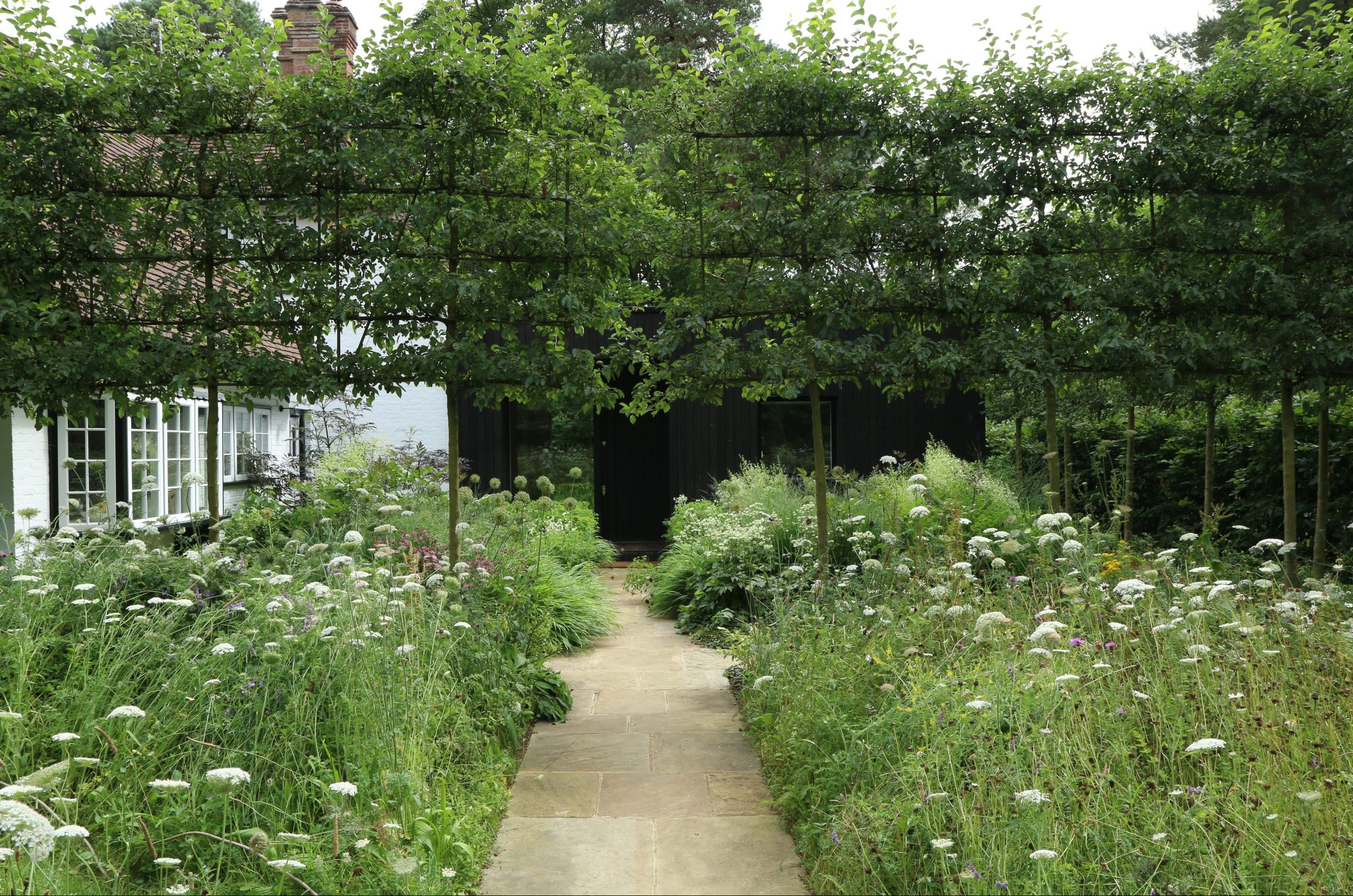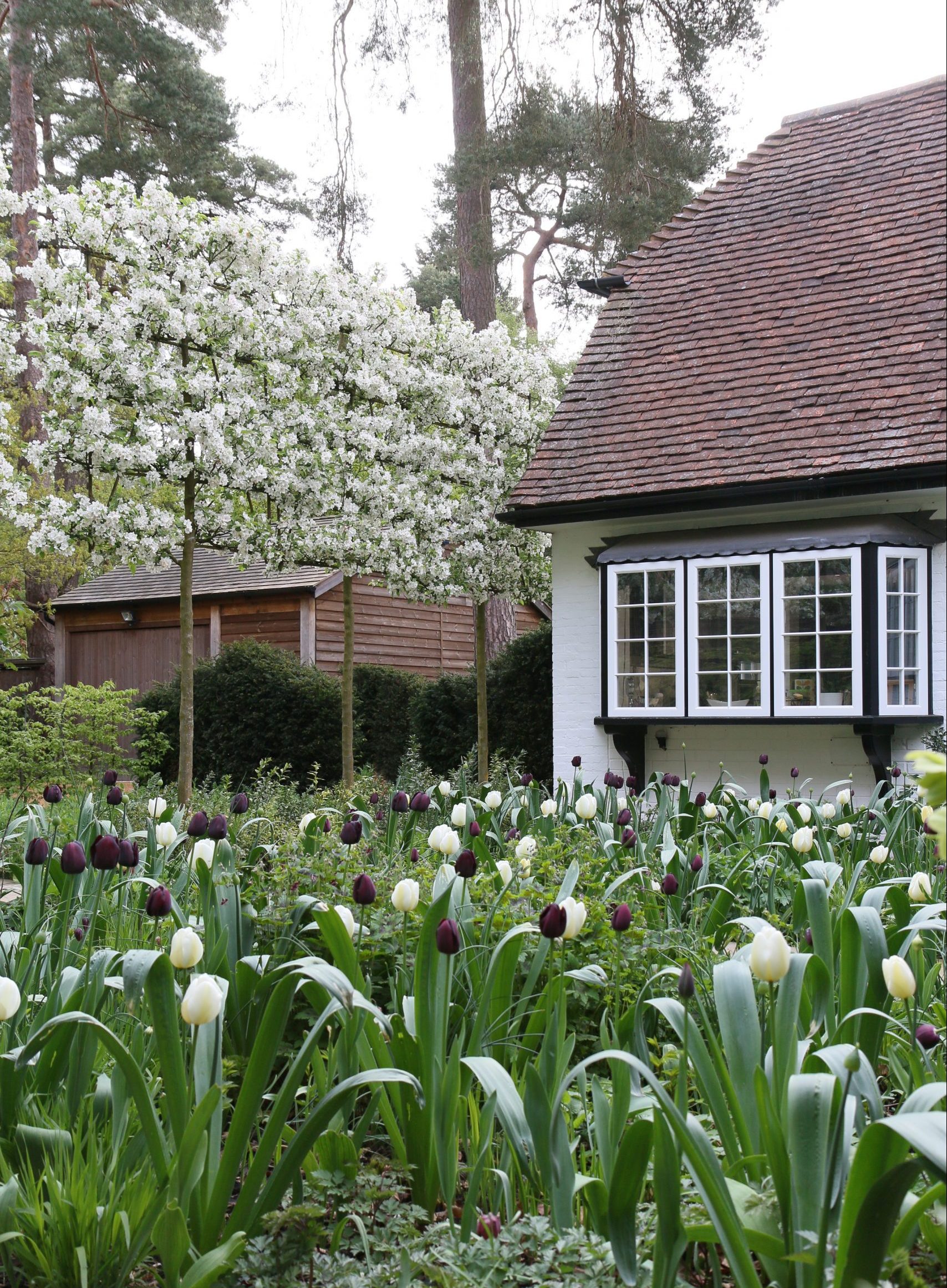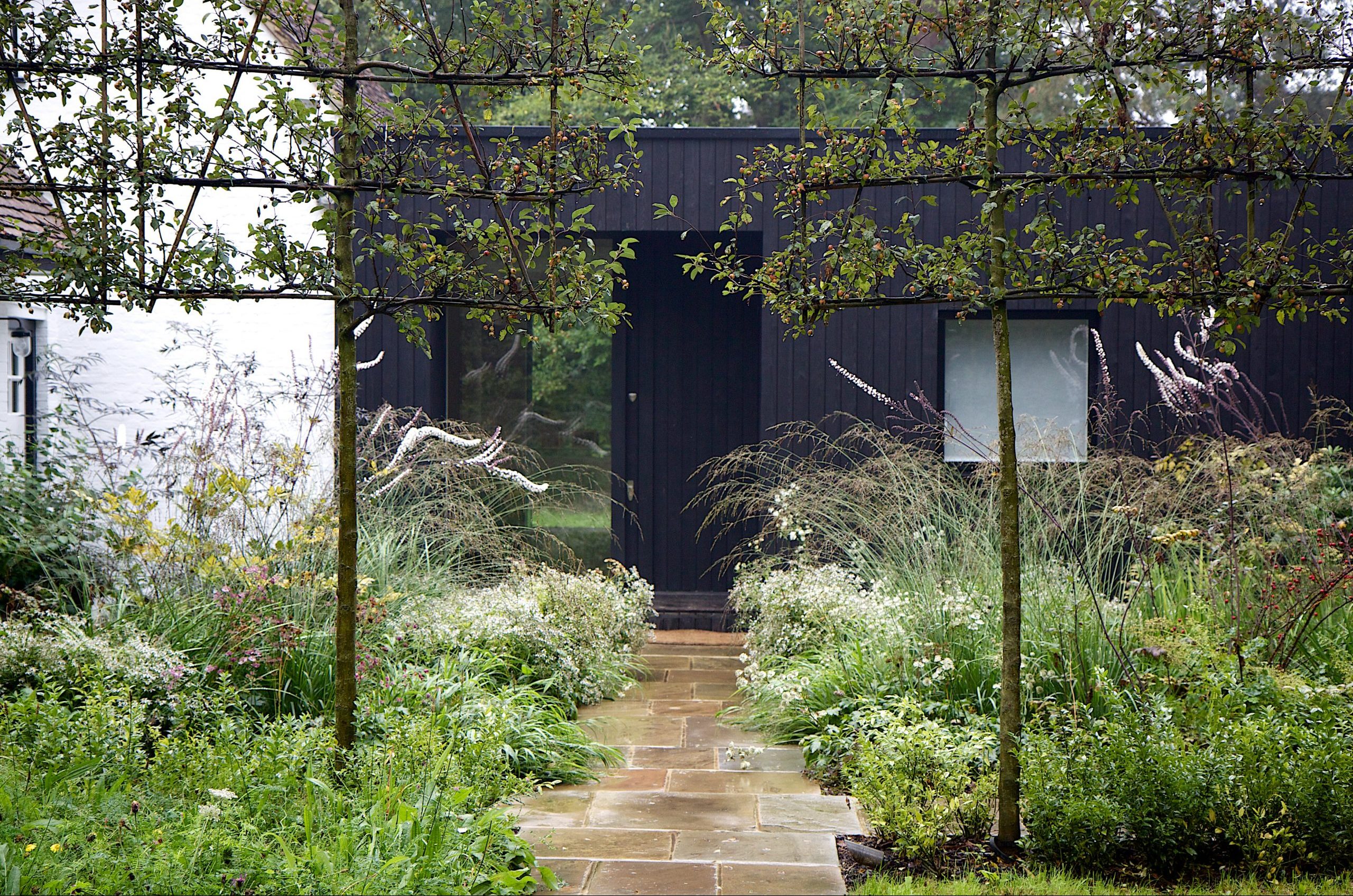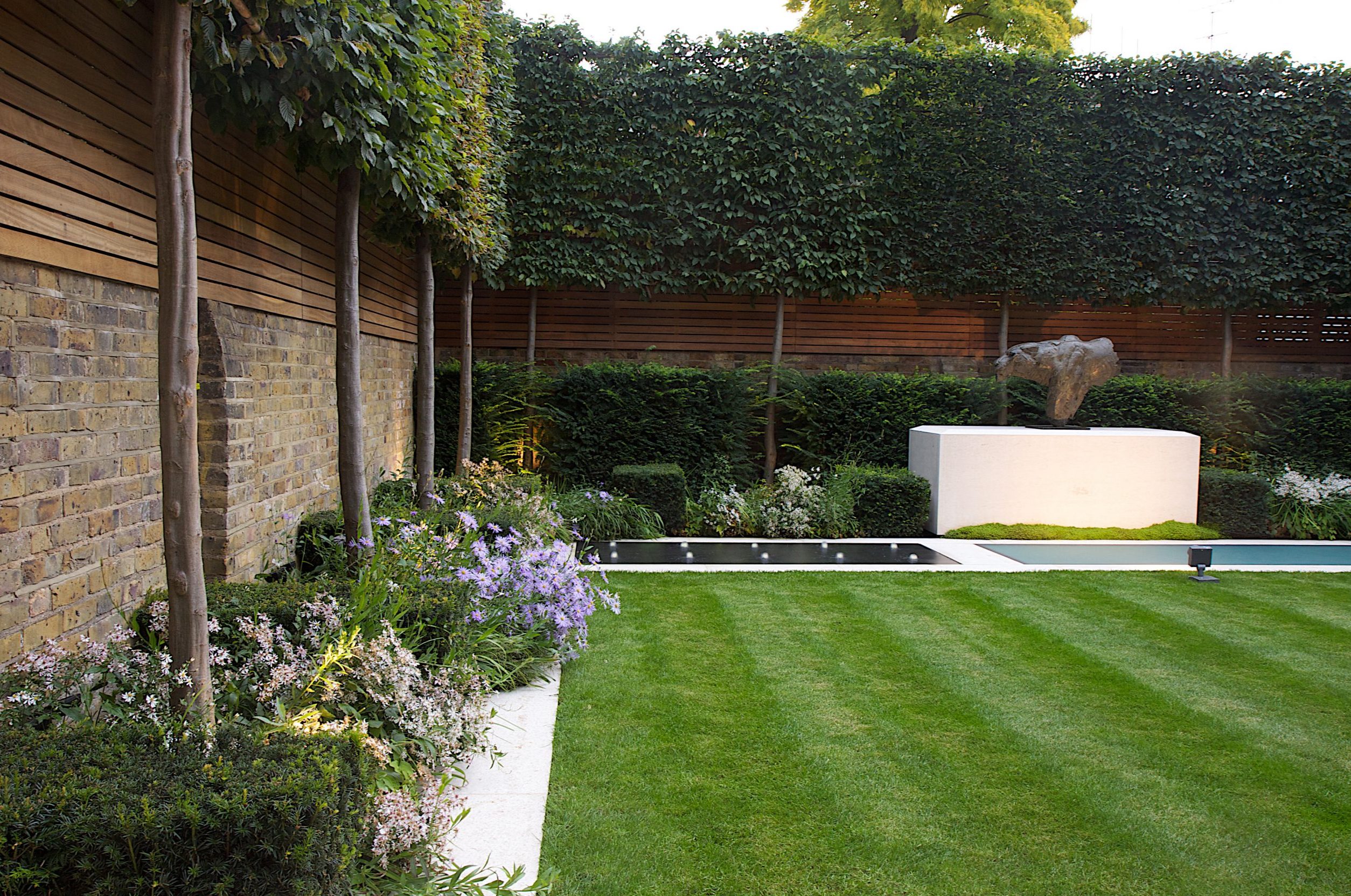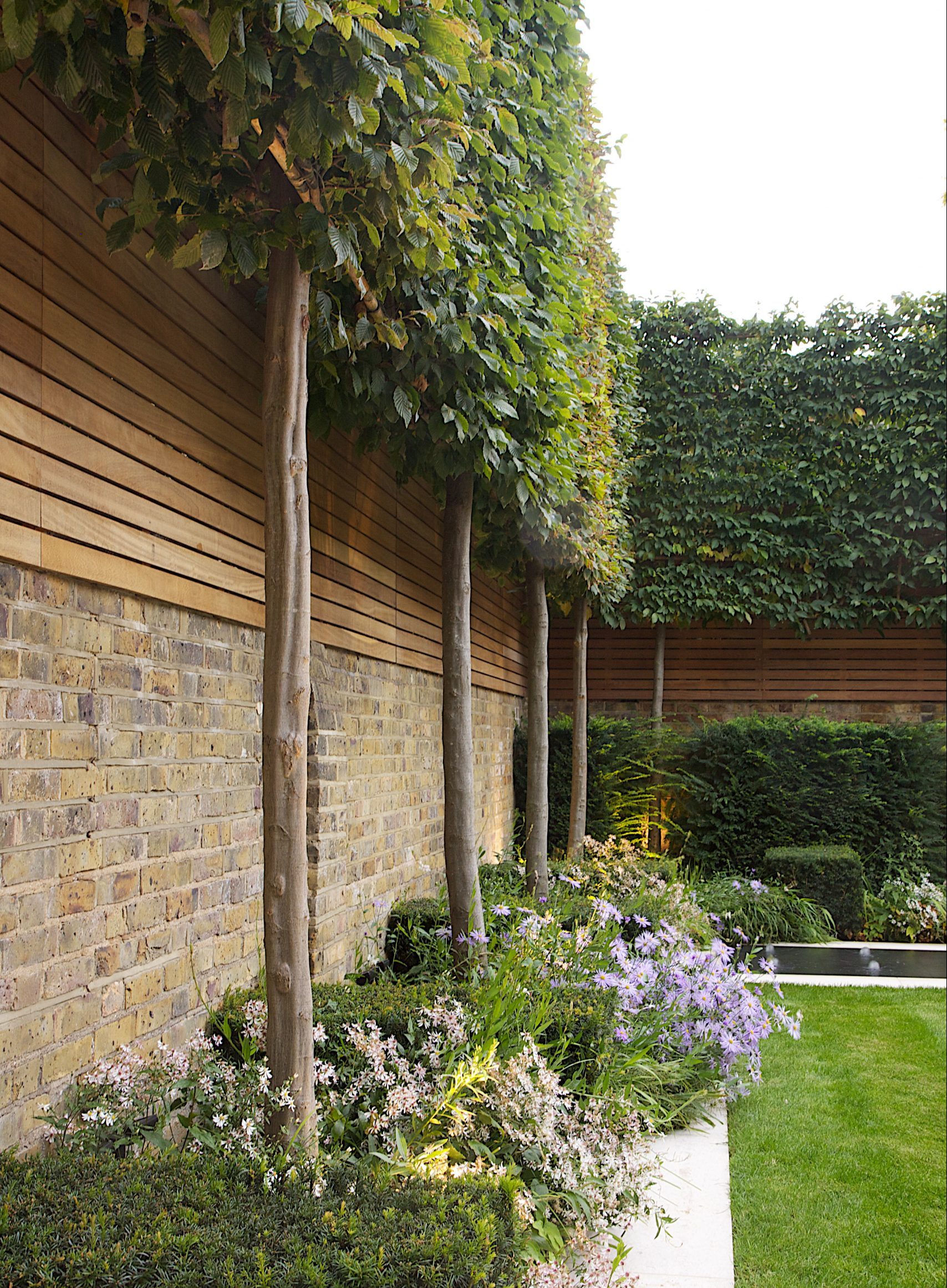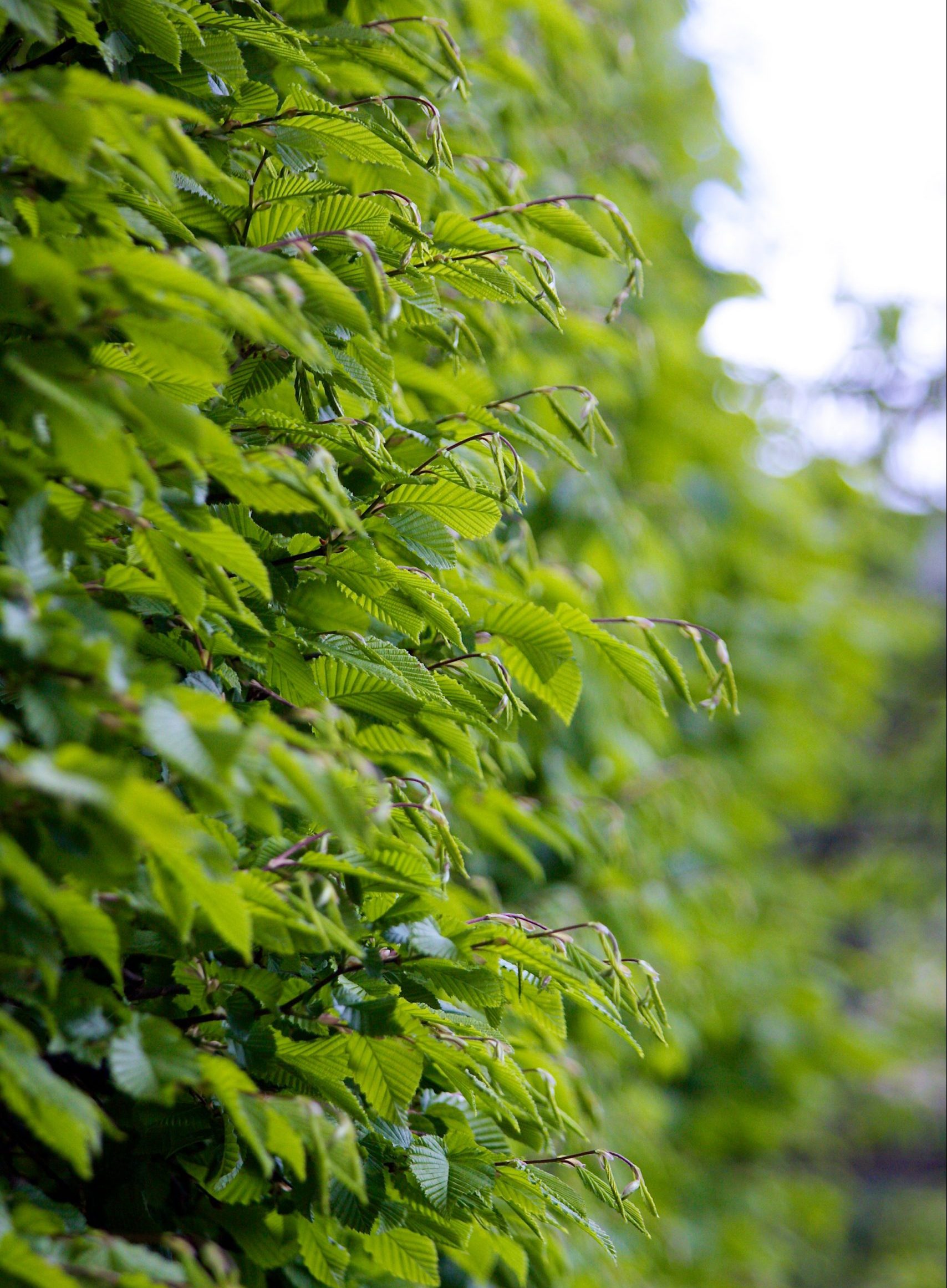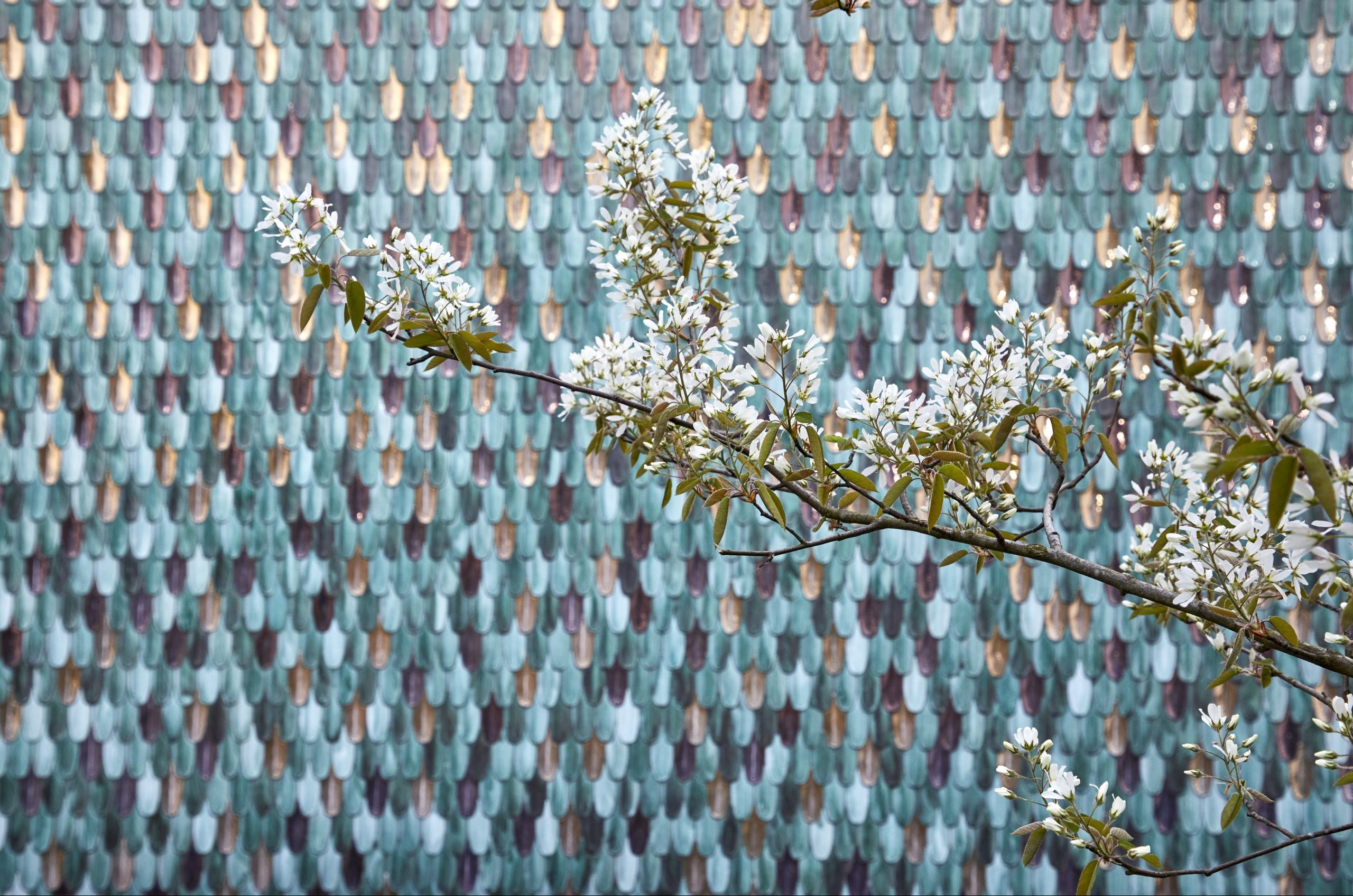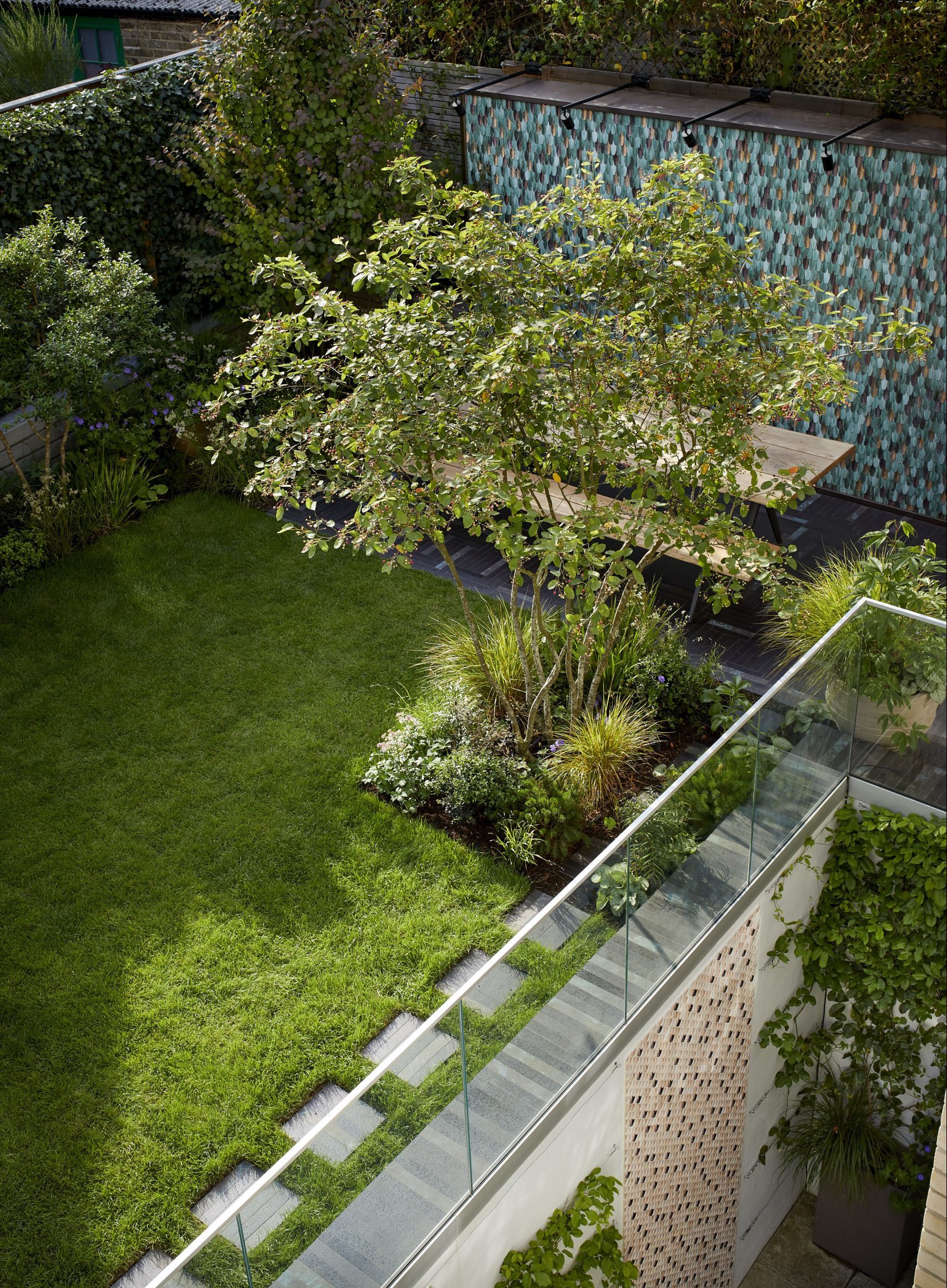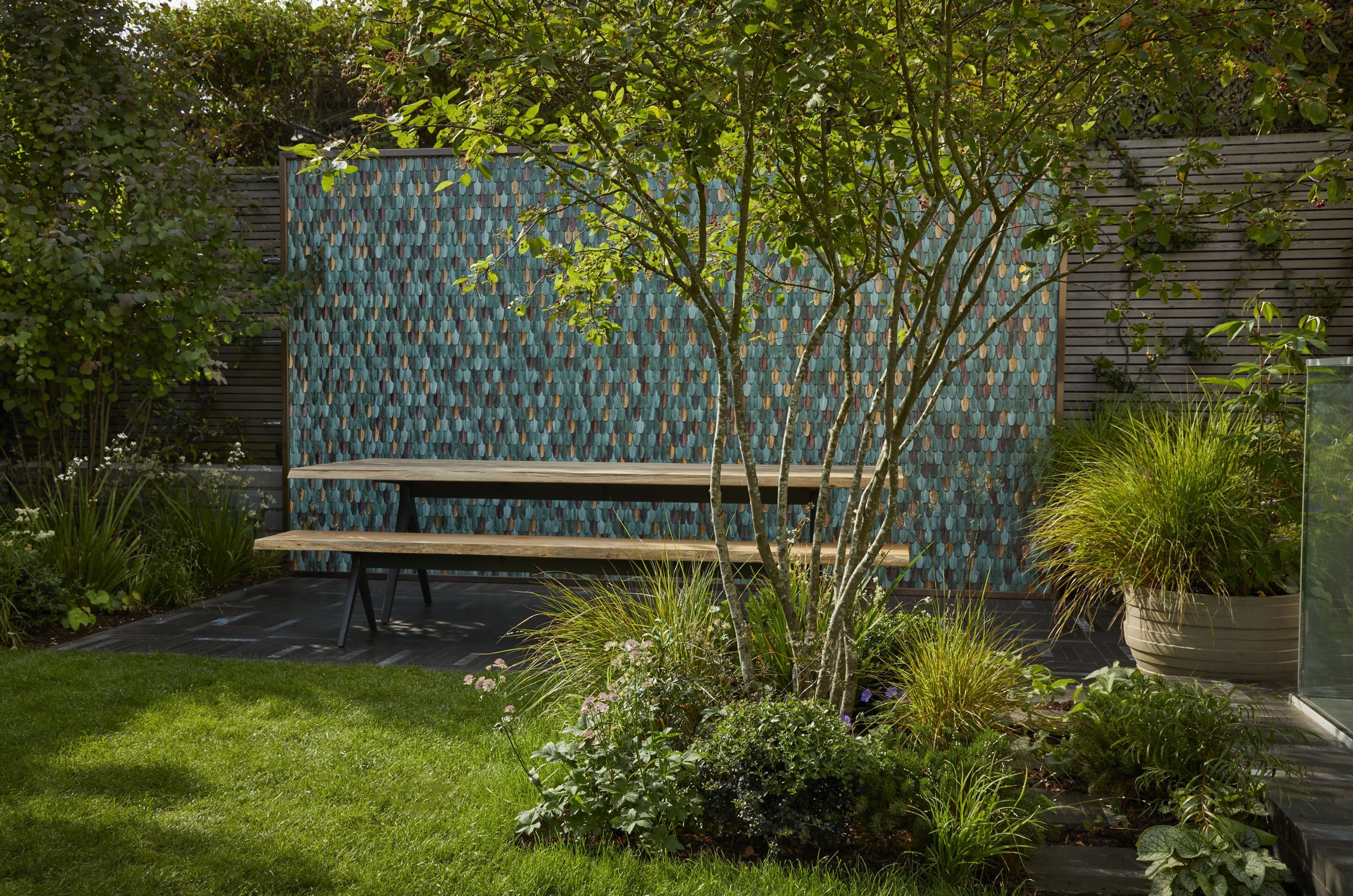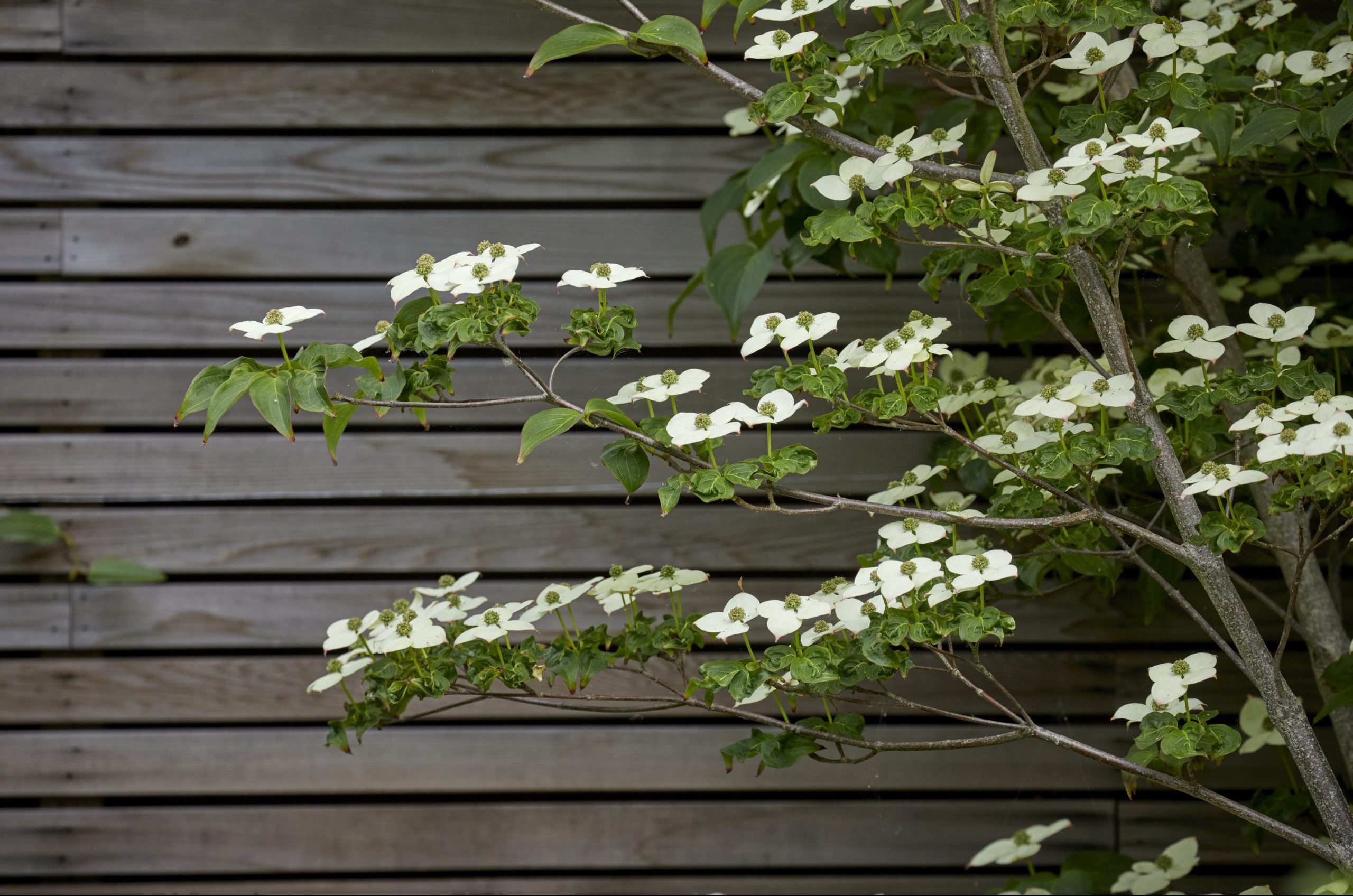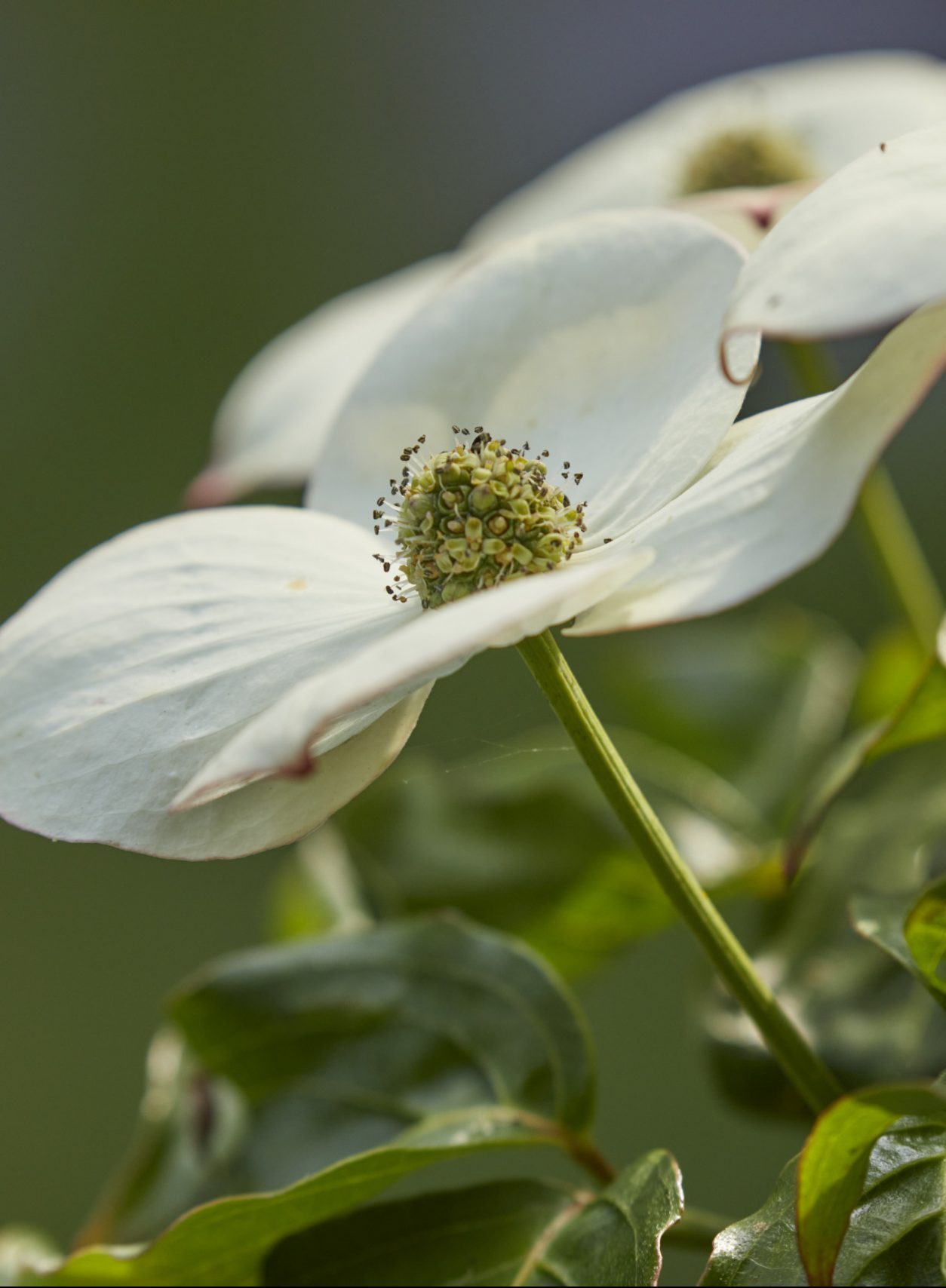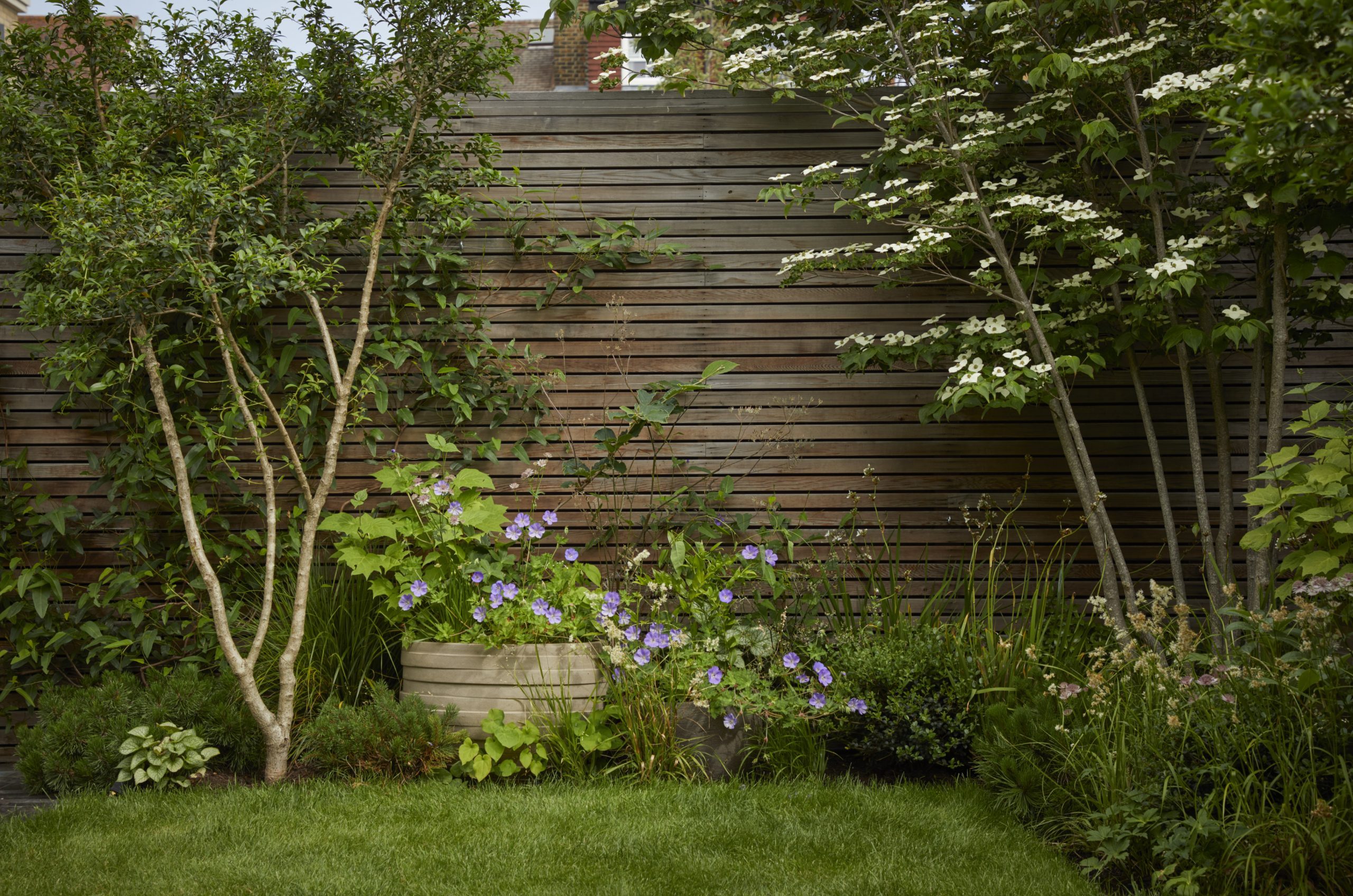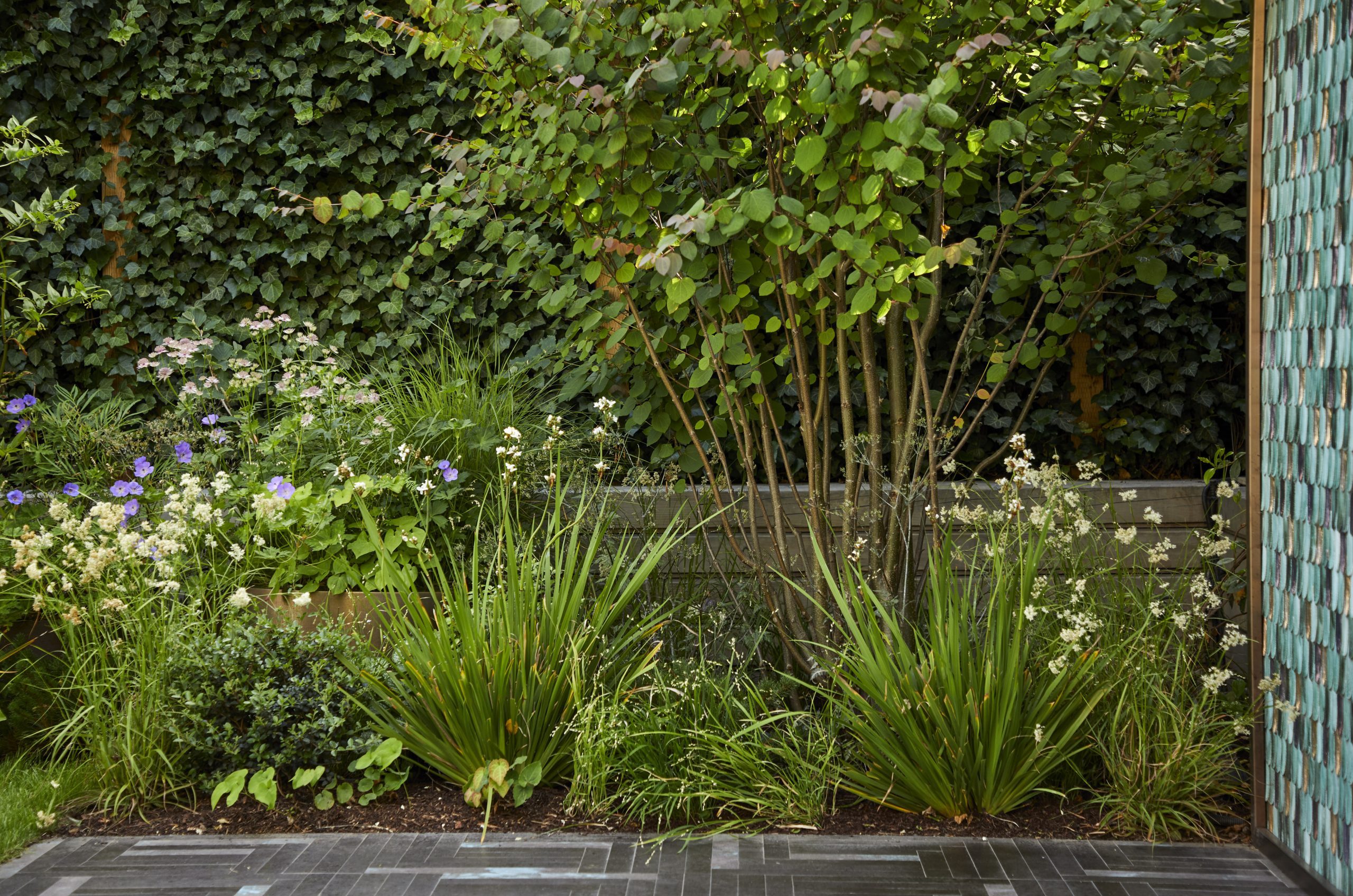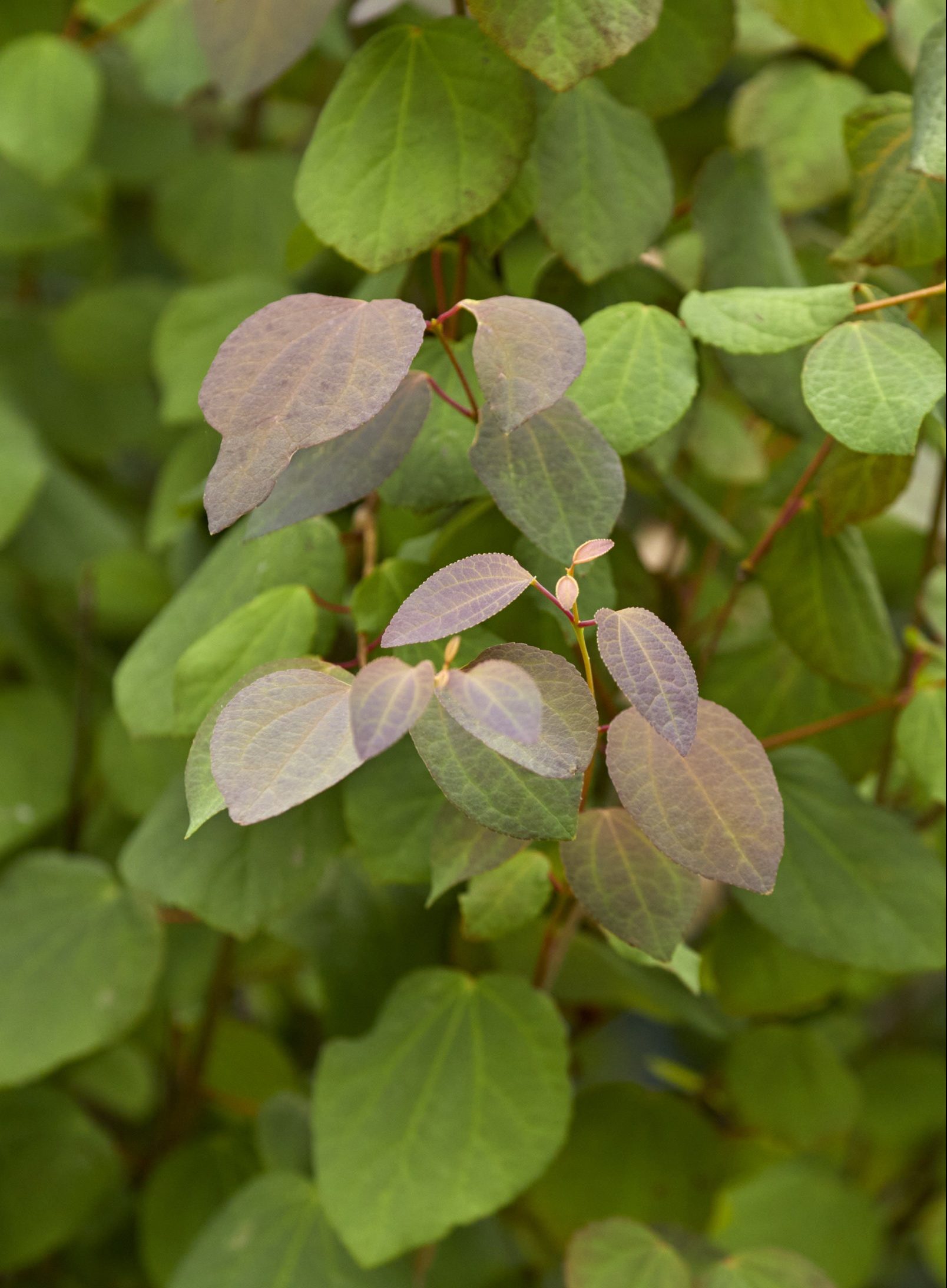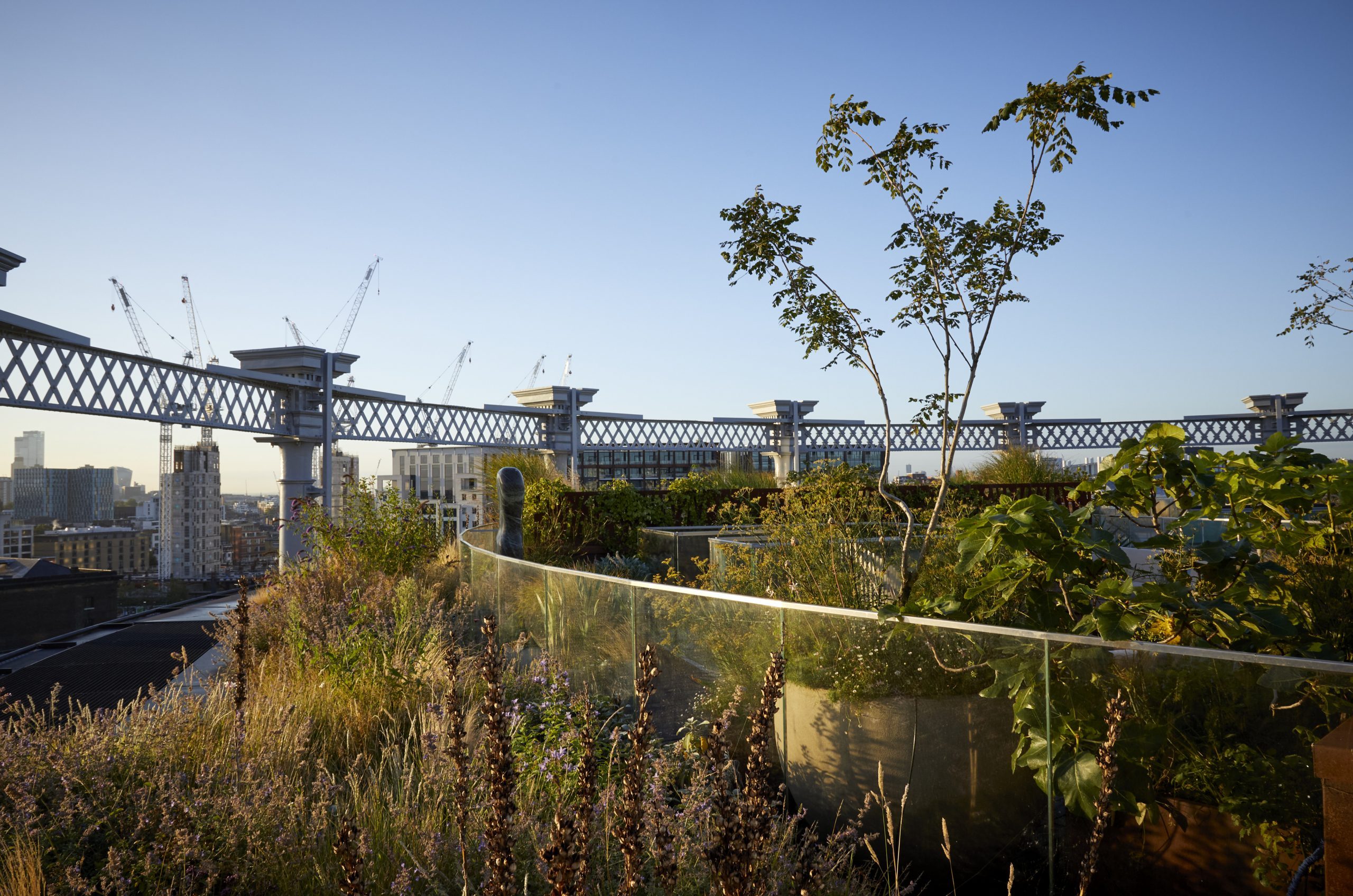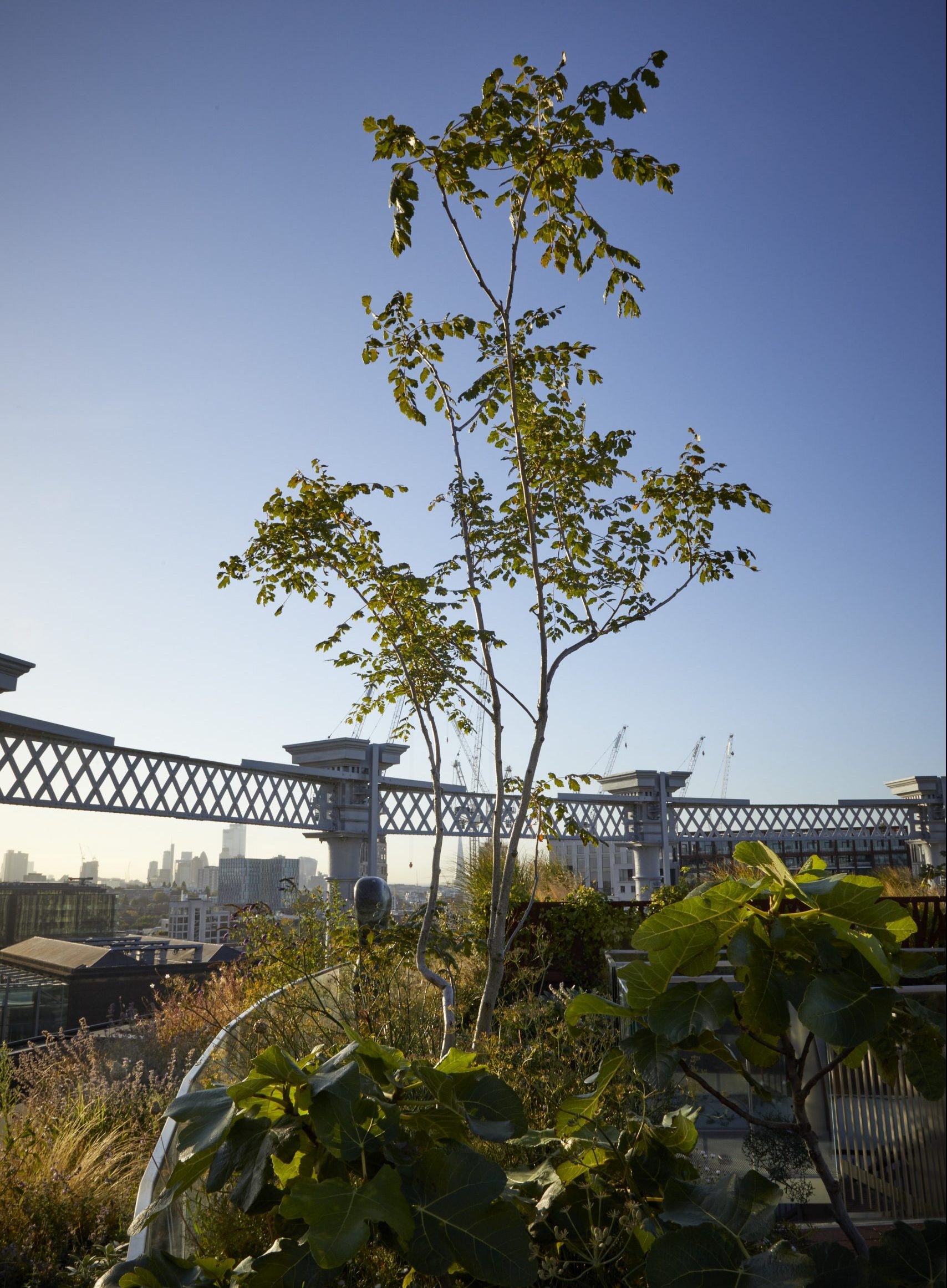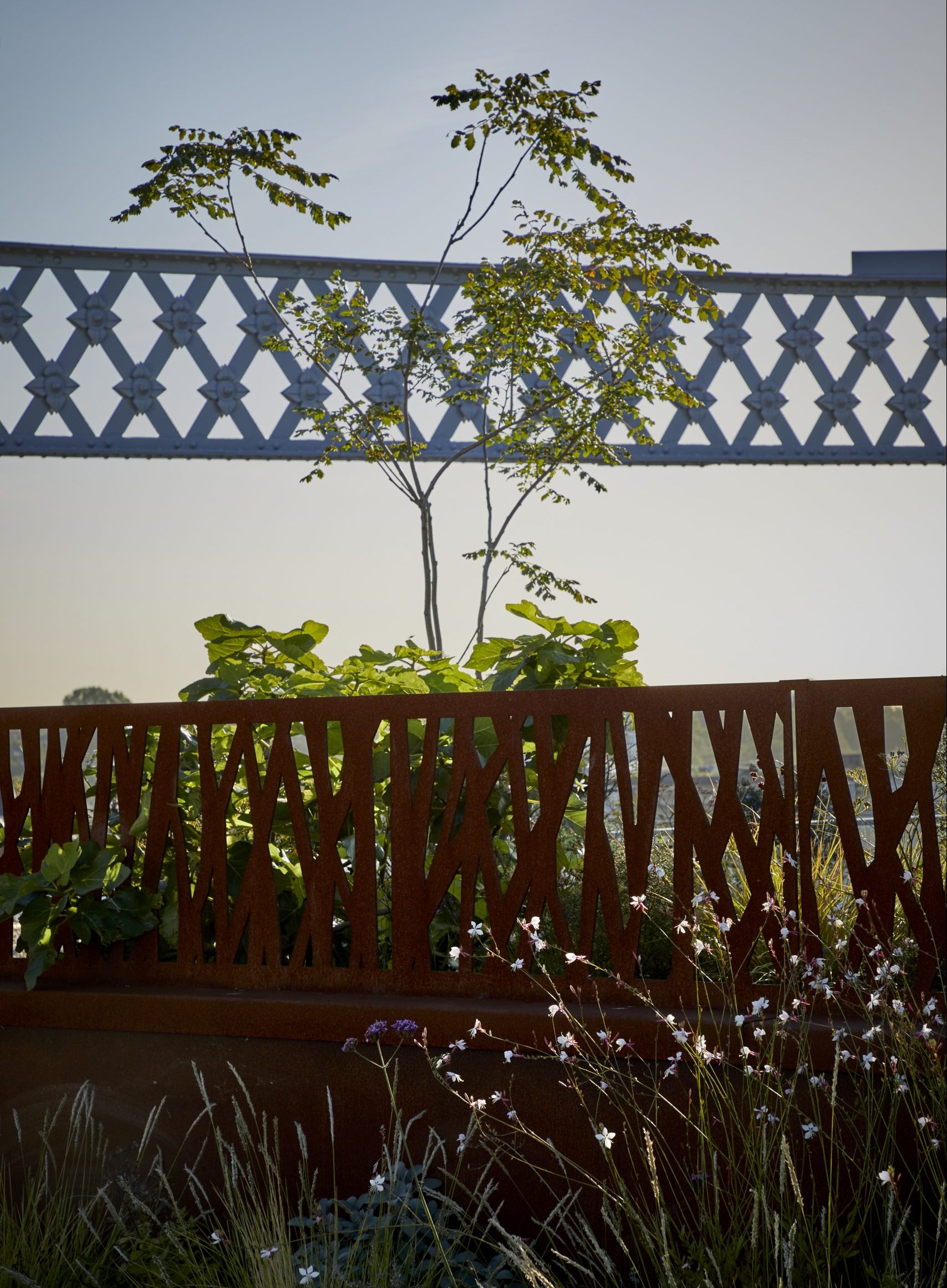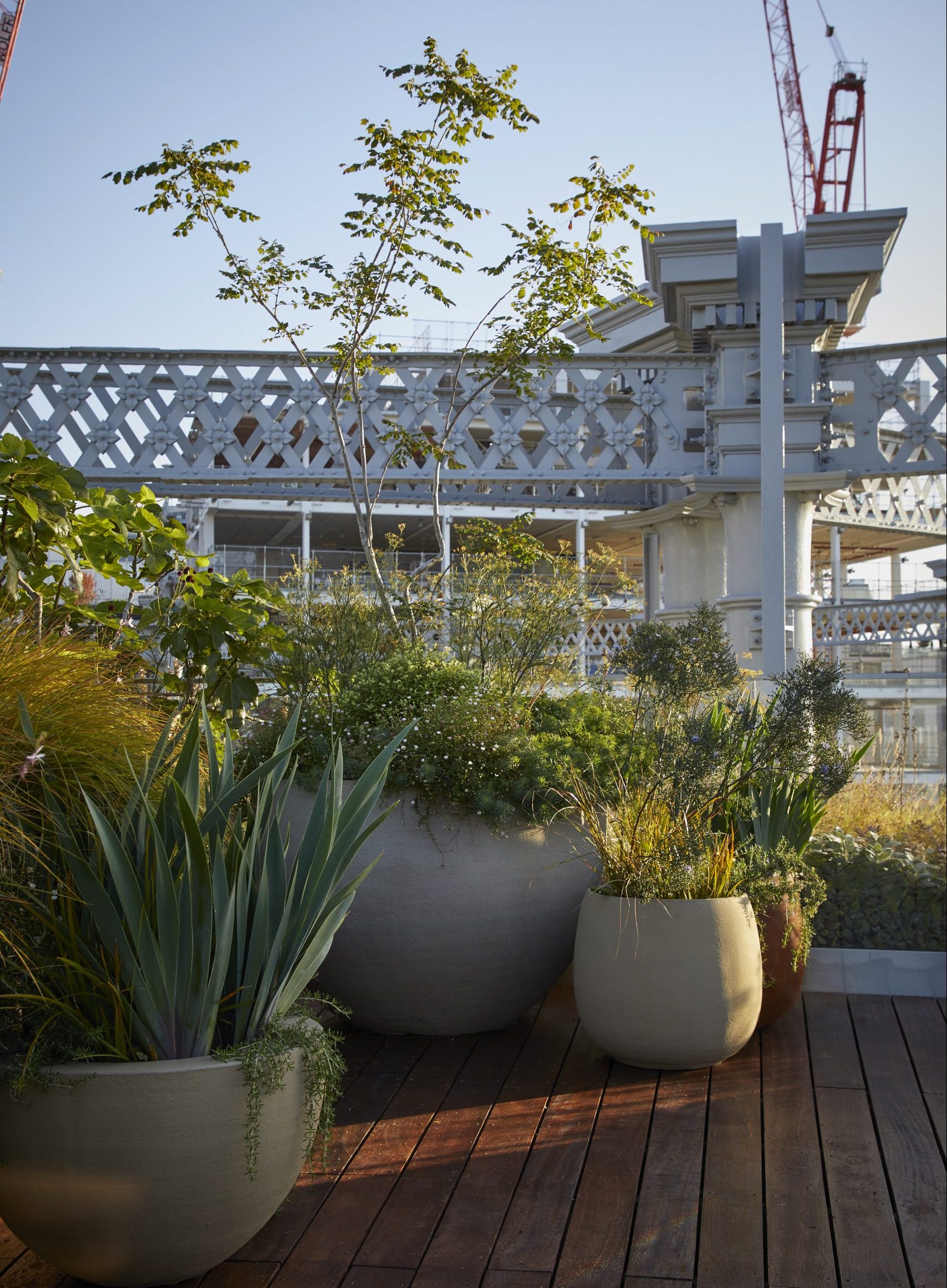Trees
We specialise in finding the right tree for the right place. Many of the gardens we design are on modest, urban sites, but a carefully chosen tree can make even the smallest space seem larger.
The elegant outdoors: Alexander Square, London.
In this London square we have used holm oaks like sentinels, to flank a front door and stand in line outside a garden wall. With almost two metres of clear stem, and almost as much again of canopy, the carefully pruned trees create a striking presence.
A Garden in Chelsea, London.
Quercus ilex – or holm oak as it is generally known – is both evergreen and drought resistant, and it responds well to clipping. This makes it an ideal tree for use in London gardens.
Blurred boundaries: The Gatehouse, Gerrard Cross.
By pleaching the crab apple Malus ‘Evereste’ we were able to create this informal screen across the garden. These summer pictures show it adorned with leaves, but spring brings blossom, and in autumn it is laden with bright red fruit.
The trees have almost 2 metres of clear stem, and the panel of pleached branches is 1.6 metres high and 1.2 metres wide, making this pleached screen a really substantial feature in the garden.
A terrace with a view: Holland Green Place, London.
Amelanchier lamarckii is one of our signature trees. We love it for its beautiful spring blossom, the pretty red berries that are a summer feast for birds, and the vivid colours of its autumn leaves.
A chic outdoor space: Holland Park, London.
Pleached hornbeams create a 3.5-metre screen around this city garden. The trees drop their leaves in winter to reveal a tracery of twigs and brnaches, and the delicate green of their new foliage is a lovely sight each spring.
New House, New Garden, London.
Grown as a multistem shrub rather than a tree, Amelanchier lamarckii is ideal in a small garden, where it will makes its presence felt throughout the year with displays of blossom, berries and autumn colour.
New House, New Garden, London.
Cornus ‘Norman Hadden’ has dark green leaves that turn to warm red in autumn. It flowers copiously in June, bearing distinctive, four-petalled flowers that flush pink as they mature. Grown as a multistem shrub, it is a perfect candidate for a city garden.
In the next picture Cercidiphyllum japonicum, or the Katsura tree, is a delightful companion throughout the year. In spring it bears tiny red flowers on naked branches before the leaves break bud in a glorious display of bronze-pink foliage. In autumn they turn to vivid gold and orange, filling the air with the sugary scent of candy-floss.
Bird’s-Eye View.
Koeleureteria paniculata is known to some as Pride of India. It is a tough little tree, ideal for this exposed site, coping equally well with cold winds, drought and hot sun. In late summer it produces long panicles of yellow flowers, followed by attractive seed pods.
